The Motorcycle Portraits is a project by photographer/filmmaker David Goldman, who travels the world making documentaries, and takes time out to interview interesting people in the motorcycle scene, wherever he might be. The result is a single exemplary photo, a geolocation of his subject, and a transcribed interview. The audio of his interviews can be found on The Motorcycle Portraits website.
The following Motorcycle Portraits session is with Rob Iannucci, owner of Team Obsolete, the legendary vintage racing juggernaut that has been the lifeblood of authentic historic motorcycle racing for over 40 years. Rob has his headquarters in Brooklyn NY, where he keeps a museum-worthy collection of important racing motorcycles from the USA, Italy, the UK, and Japan. All his machines are extremely rare and coveted, with rich histories and contemporary stories, too. David Goldman attended the annual Team Obsolete holiday party in Brooklyn, and took the opportunity to photograph and interview Rob.
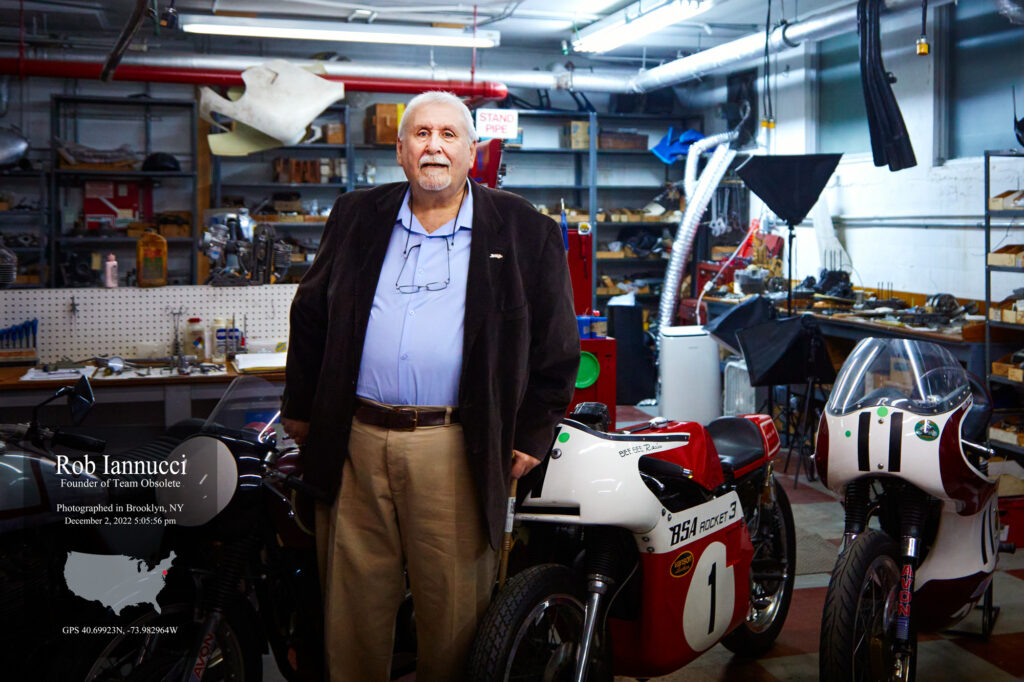
Who are you?
Hello, my name is Rob Iannucci. And we’re here at the Team Obsolete headquarters in downtown Brooklyn in the historic Clock Tower building. We’re here among our collection of historic racing motorcycles; these bikes have been a major passion of my life, and it doesn’t take much in stimulation to get me to talk about them.
How did you get started with motorcycles?
Well, the way I got involved with motorcycles was I was in a Peace Corps in the Caribbean, and I needed a small motorbike to get around, and it grew. From there, I wound up ordering a Norton Commando from England, which was delivered directly to me in the Caribbean. And eventually, I was back in the United States, and hooked up with a bunch of British bike enthusiasts. And it all grew from there
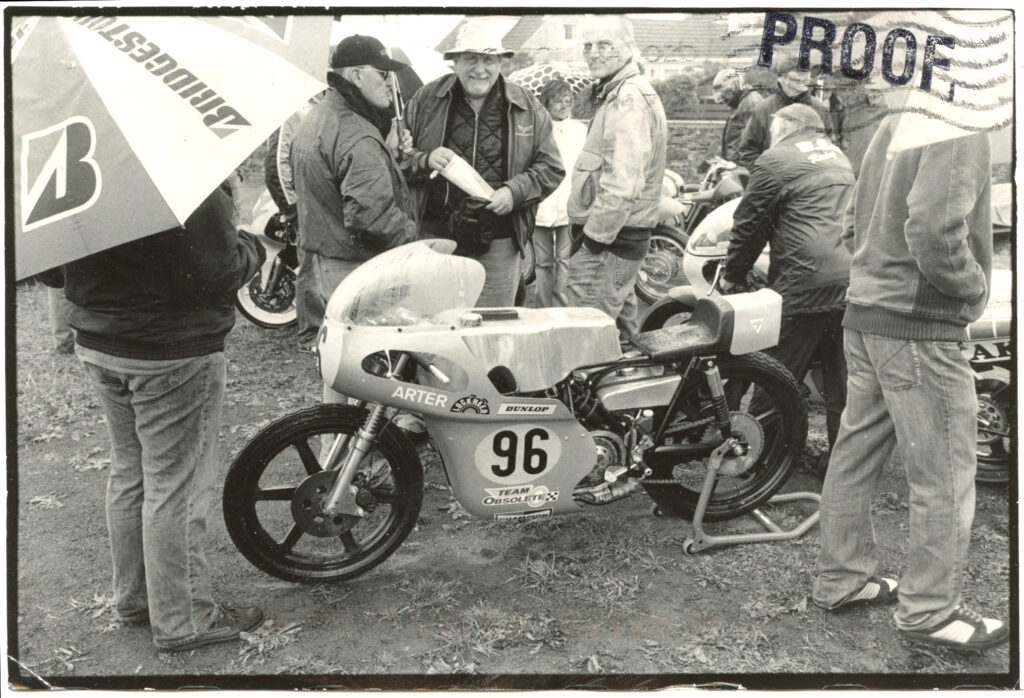
What’s a great story that could only have happened with motorcycles?
The origin of Team Obsolete started after I came back to the United States, when my Peace Corps work was over, and I had myself a new Commando. I hooked up with some British bike enthusiasts, and we wound up going into some races. Also, I discovered the Matchless G50 engine in an old magazine article. And it was just a really, really brilliant piece of engineering, which had begun its development in the 1920s. And I just fell in love with it. So I had to have one…and then I had to have two…and then I had to have three, and then I had to have more. And they were scarce; they weren’t raised much in this country, but it was just a beautiful piece of architecture. It was, you know, it was artful. It was brilliant. And it was built for a no-factory racing operation, so is simple to work on.
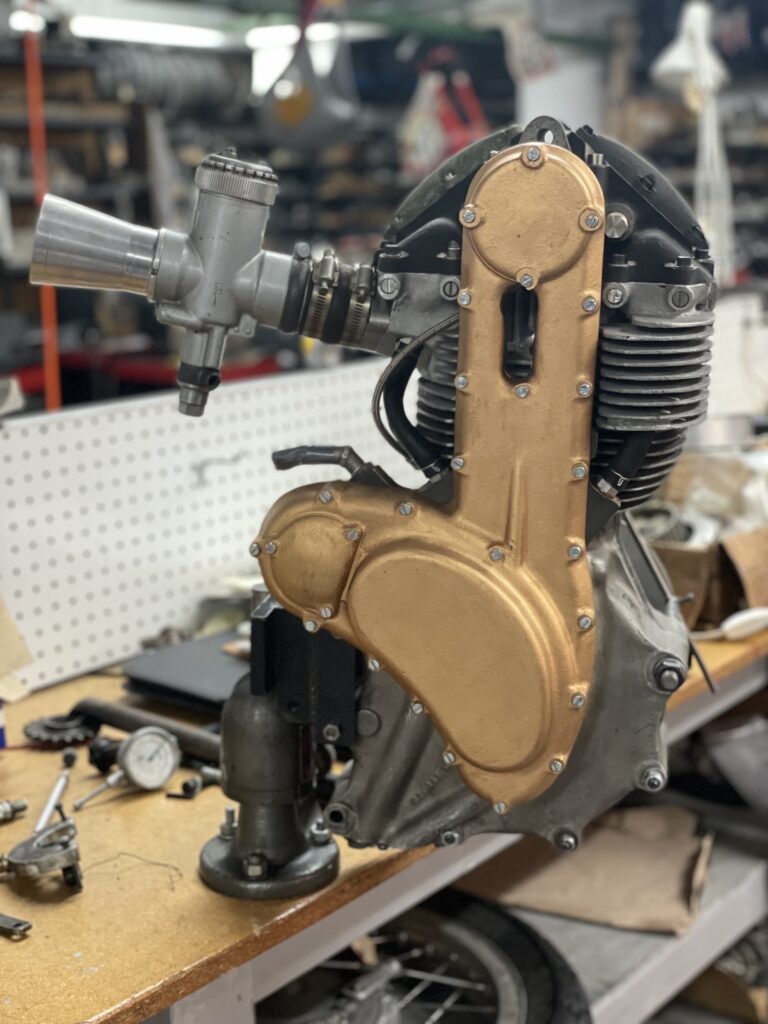
So I wound up with quite a few Matchless G50s. We raced them, and I interfaced with people who had raced them 20 years before, when they were current. And they were very happy to help me, in many different ways. And then I needed some riders because we wanted to go racing. I wanted to race a little bit myself, but I wasn’t a talented rider. So I got some other riders, and eventually hooked up with David Roper, who’s really kind of the King of Historic Racing Motorcycles as a rider. And we just went out and started racing bikes, and we had a great time.
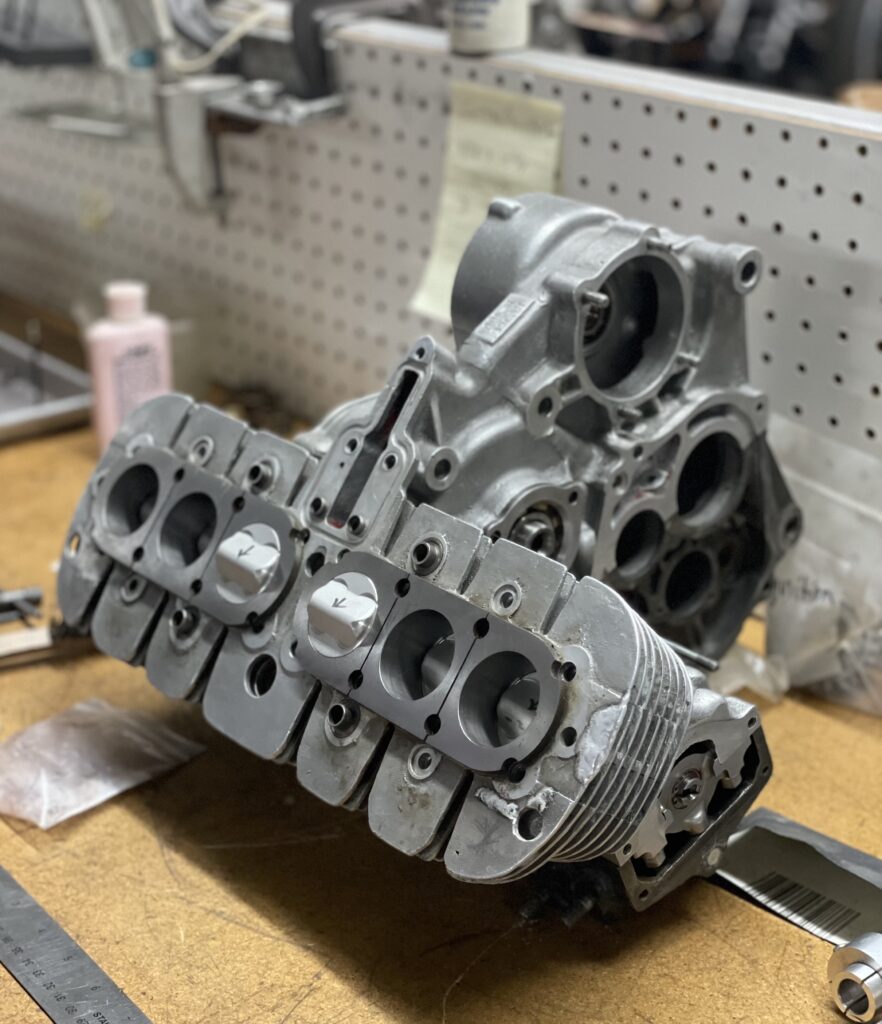
It was just the most fun thing I’ve ever done in my life. It was educational, there was camaraderie involved in it, it was, you know, just great way to spend your energy. I organized Team Obsolete in the late 70s. And it grew into something that was beyond my wildest dreams or intentions; we wound up entering about 1800 races worldwide over a period of 35 or 40 years. We’ve had 50 different riders, we’ve collected the finest historic racing motorcycles in the world. And we raced them! The whole idea was to put these bikes back on the track, to the extent that was possible to recycle the original riders and bring them back. And we’ve done quite a bit of that also. And it just grew, you know, there have been fabulous opportunities all over the world, we’ve raced all over the United States, in Asia, and Australia and New Zealand, all over Europe. And the whole idea was that the bikes needed to be raced and should be raced, rather than just paraded or, you know, be a museum piece. So there is a kind of big, historically educational aspect to it as well, because there are many people who weren’t alive when these motorcycles were being raced originally. And now they have a chance to see them, you know, 30 or 40 or 50 or 60 years later.
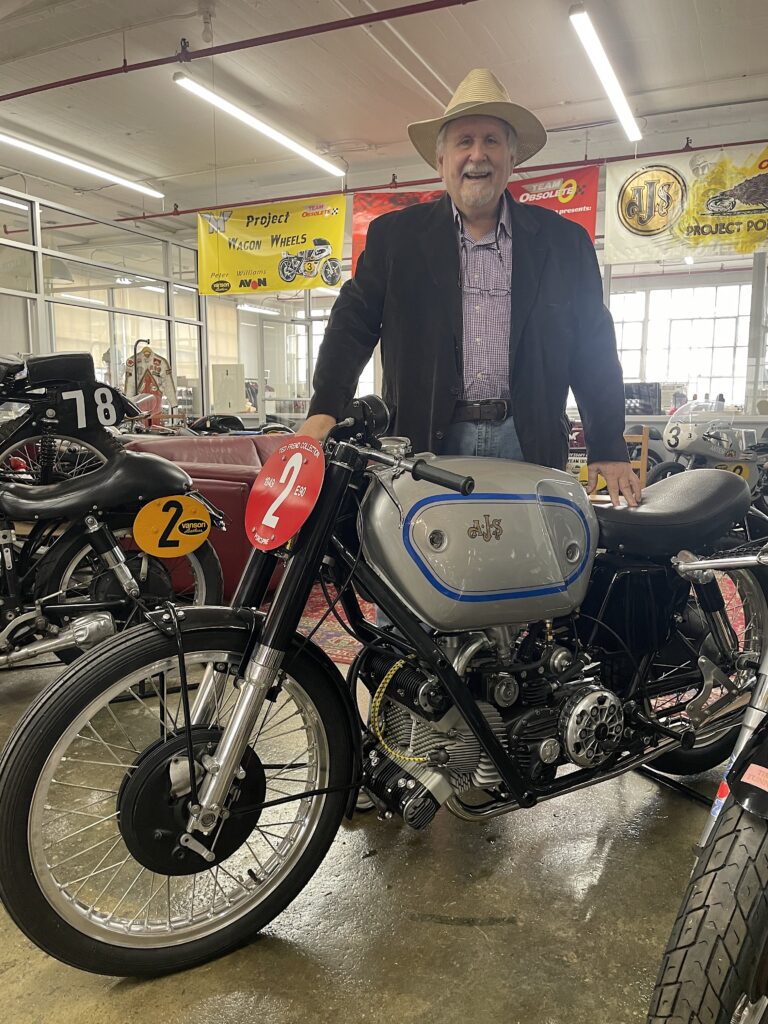
What do motorcycles mean to you:
The whole idea of the meaning of motorcycles… it means different things to different people. We are involved in a very esoteric end of the sport. There are vintage motorcycles, and they were built for purpose of racing, they’re racing motorcycle, so they’re not designed to be used on the street. They’re not designed for the average person to own them, or to operate them. They’re very, very single, narrow purpose, designed just to go out and win a race. And hopefully they’re still running at the end of the race. And then they require a great deal of maintenance and attention and so forth before the next race. But the engineering involved in these bikes is very, very special. And that’s what I find that very attractive, because they were built with passion by the factories, to publicize their activities to the general public.
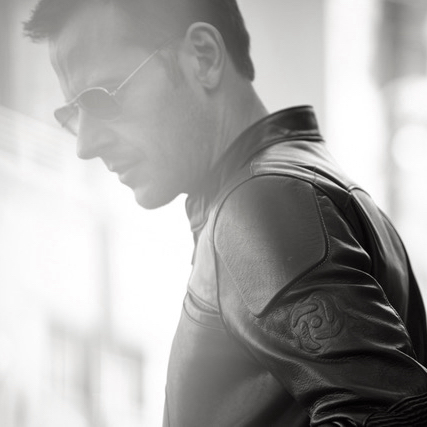
Related Posts
December 14, 2022
World’s Top 100 Most Expensive Motorcycles – The Also-Rans
The bikes that no longer qualify for…
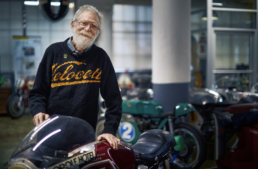
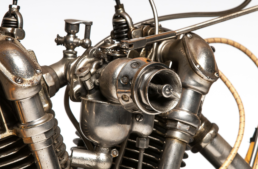
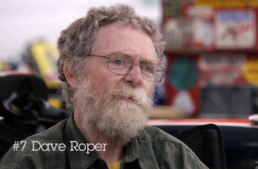
Paul, the last single-cylinder motorcycle to win a Grand Prix was a Norton 30M ridden by Godfrey Nash, in the 1969 Yugoslavia GP. This is well documented. Where did you get the idea that it was an Arter Matchless?
Thanks for the correction: it was stuck in my memory, but was wrong!